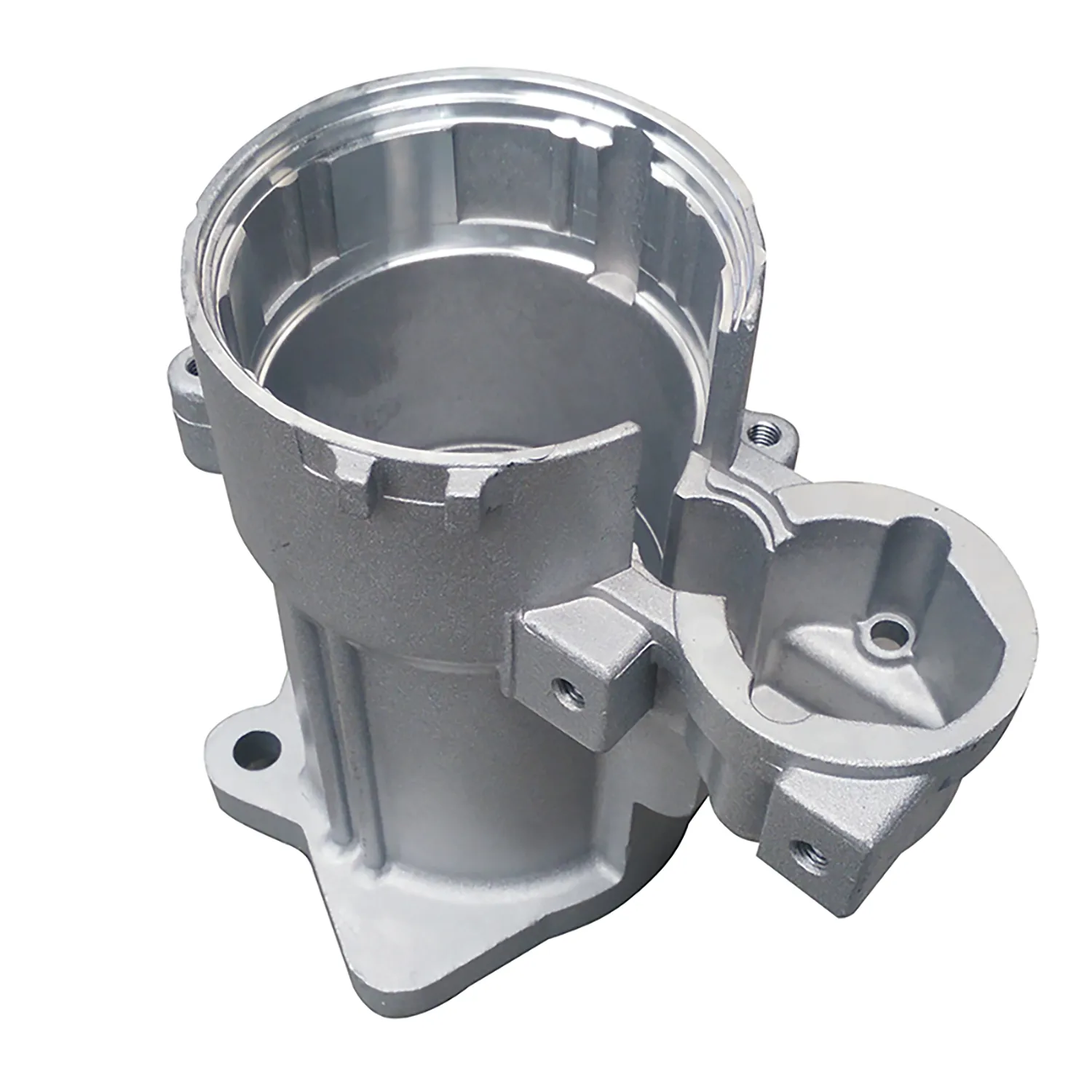Mobile:+86-311-808-126-83
Email:info@ydcastings.com
Casting Aluminum in Plaster for High-Quality Molds and Artistic Creations
Casting Aluminum in Plaster A Comprehensive Guide
Casting aluminum in plaster is an innovative technique favored by artists, hobbyists, and industrial manufacturers alike. This method allows for the creation of detailed metal pieces with a smooth surface finish, making it ideal for both artistic and functional applications. In this article, we will explore the procedure for casting aluminum in plaster and the benefits it offers.
Understanding the Basics
Plaster casting involves creating a mold from plaster of Paris, a versatile material that can capture intricate details. Unlike traditional sand casting, plaster casting allows for finer resolution and a smoother finish, which is particularly useful for artistic sculptures or precise mechanical components. The process begins with preparing the original model, which can be made from various materials, including clay, wax, or even existing metal pieces.
Creating the Mold
To create a mold, the model is first coated with a releasing agent, which prevents the plaster from sticking. The next step is to mix the plaster of Paris with water according to the manufacturer's instructions. Once mixed, the plaster is poured over the model, ensuring that all details are covered. After allowing the plaster to set, typically for 30 minutes to an hour, the mold is ready for use.
Preparing for Casting
casting aluminum in plaster

Before casting aluminum into the plaster mold, it is crucial to ensure the mold is completely dry. Any moisture can lead to steam explosion during the casting process, which poses safety risks. The plaster mold is then preheated to minimize thermal shock when the molten aluminum is introduced. This step also helps in achieving a cleaner finish on the final product.
Melting and Pouring Aluminum
Aluminum can be melted using various methods, including a propane torch or a furnace. When the aluminum reaches its melting point (around 660°C or 1220°F), it should be carefully poured into the plaster mold. It's essential to pour slowly and steadily to avoid creating turbulence that could trap air bubbles, leading to imperfections in the cast.
Cooling and Finishing
Once the aluminum has been poured, the mold is left undisturbed until it has cooled completely. This can take anywhere from several minutes to a few hours, depending on the size of the cast. Once cool, the plaster can be broken away gently to reveal the aluminum casting. Final finishing processes such as sanding, polishing, or painting can then be performed to enhance the appearance of the piece.
Conclusion
Casting aluminum in plaster is a versatile and rewarding method, providing precise, detailed, and aesthetically pleasing results. Whether you are creating art or components for machinery, this technique opens up a world of creativity and craftsmanship. With practice and attention to detail, anyone can master the art of plaster casting, turning ideas into beautifully crafted aluminum pieces.
-
Why Should You Invest in Superior Pump Castings for Your Equipment?NewsJun.09,2025
-
Unlock Performance Potential with Stainless Impellers and Aluminum End CapsNewsJun.09,2025
-
Revolutionize Your Machinery with Superior Cast Iron and Aluminum ComponentsNewsJun.09,2025
-
Revolutionize Fluid Dynamics with Premium Pump ComponentsNewsJun.09,2025
-
Optimizing Industrial Systems with Essential Valve ComponentsNewsJun.09,2025
-
Elevate Grid Efficiency with High-Precision Power CastingsNewsJun.09,2025











